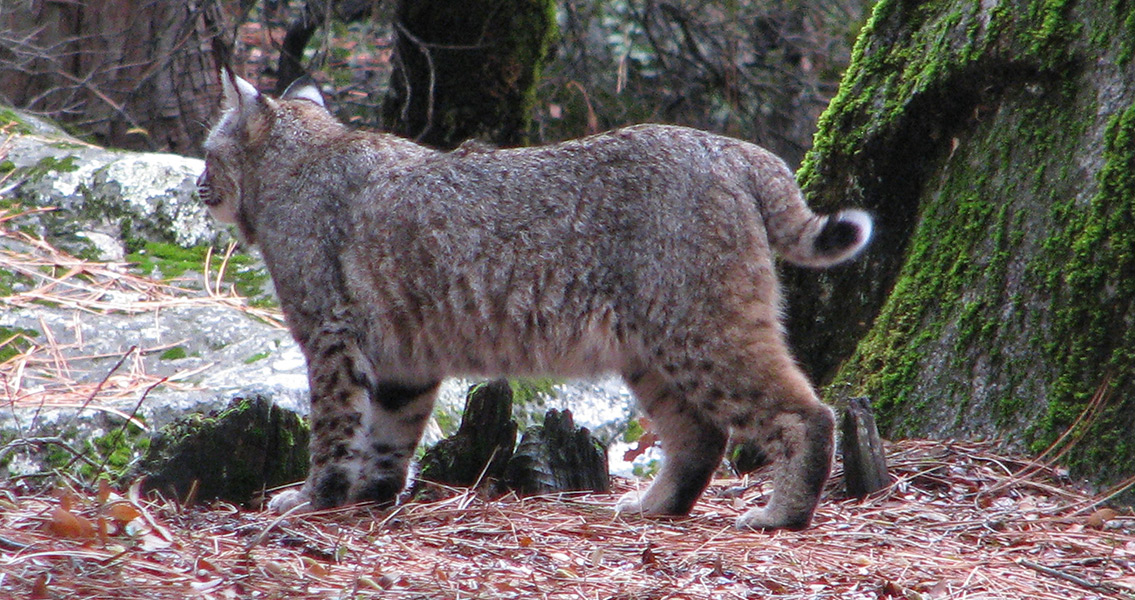<![CDATA[The 2,000 year old skeleton of a juvenile bobcat has been found in a burial mount usually reserved exclusively for human remains, after a graduate student from the University of Durham revisited the findings of a dig site originally excavated in the 1980s. According to Angela Perri, a Ph.D. student at the British university, she had been researching ancient dog burials in 2011 when she came across the remains in the Illinois State Museum, located in the city of Springfield. Perri was interested in the Hopewell, a tribe of Native Americans that were known to bury their dogs alongside humans in their funeral mounds. The mound was one of fourteen high above the banks of the Illinois River, around 50 miles from St. Louis, that were studied three decades ago. Measuring over 8 feet high and more than 90 feet in diameter, the mound held the remains of 23 humans – one child in the center and 22 adults in a ring around it – and one small animal. The initial investigators simply assumed the remains were that of a dog, especially considering it had what looked like a collar of marine shells and bear teeth around its neck. However, Perri knew upon examination of the animal’s remains that they couldn’t possibly be those of a dog. After a careful examination she discovered that the animal was in fact a bobcat, ranging from anywhere between four months and seven months in age, that had been given a permanent resting place among the Hopewell’s dead. Perri, who is now a fully-fledged zooarchaeologist working with the Max Planck Institute for Evolutionary Anthropology located in Germany, says that there are very strong indications that the bobcat could have been a cherished pet. The care with which the remains had been placed in the burial mound, the carefully crafted collar it bore, and the fact that it was given a place of honor in a funeral mound dedicated otherwise to humans, tell the scientist that the animal held great significance for the Hopewell that decided to inter it there. Supporting her claim, Perri also points out that a bobcat, which is only around twice the size of an average modern house cat, is known to be tamable with little difficulty. However, the bobcat might not have been viewed as a pet but could have been seen as an important spiritual symbol for the Hopewell, according to other researchers. Melinda Zeder, a colleague of Perri who works at the Smithsonian’s Museum of Natural History but had no involvement in the study, counters that if the bobcat had indeed been viewed as a pet it would have been buried separately; the Hopewell are known to have tamed dogs based on researchers finding the remains of these animals buried in dedicated funeral mounds. For more information: www.maneyonline.com Image courtesy of Wikimedia Commons user: Rennett Stowe from USA ]]>
Ancient Bobcat Skeleton Found Buried with Humans
